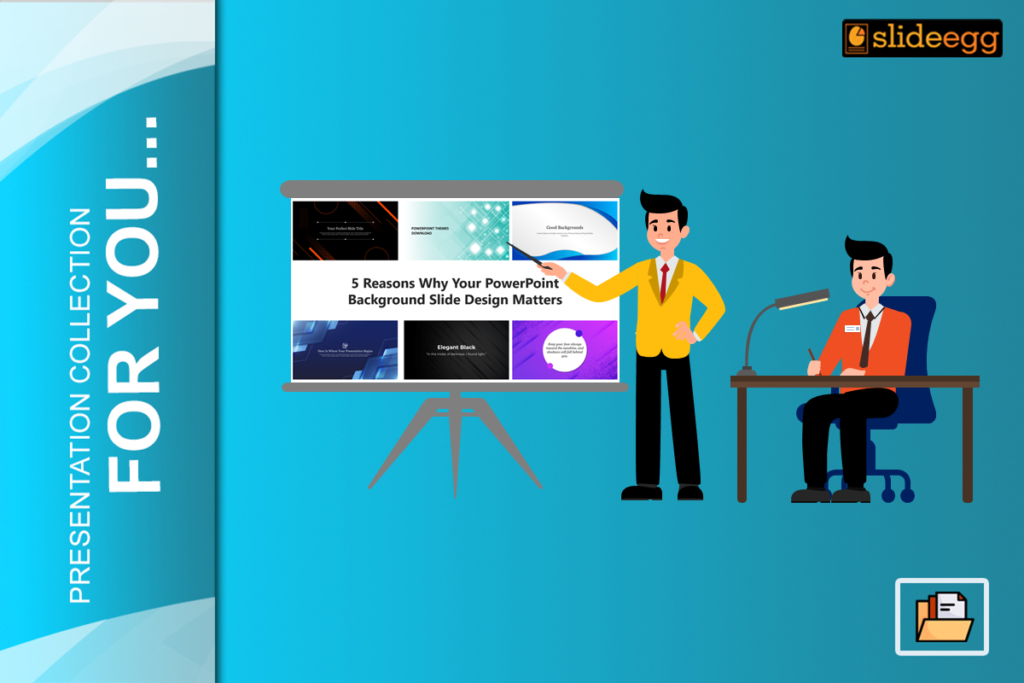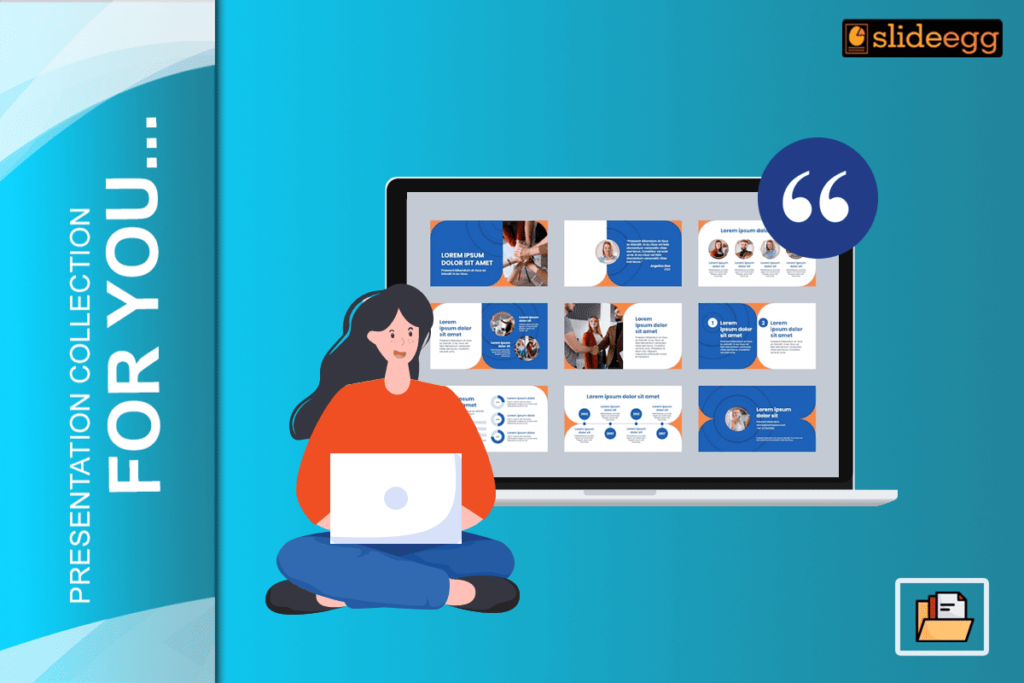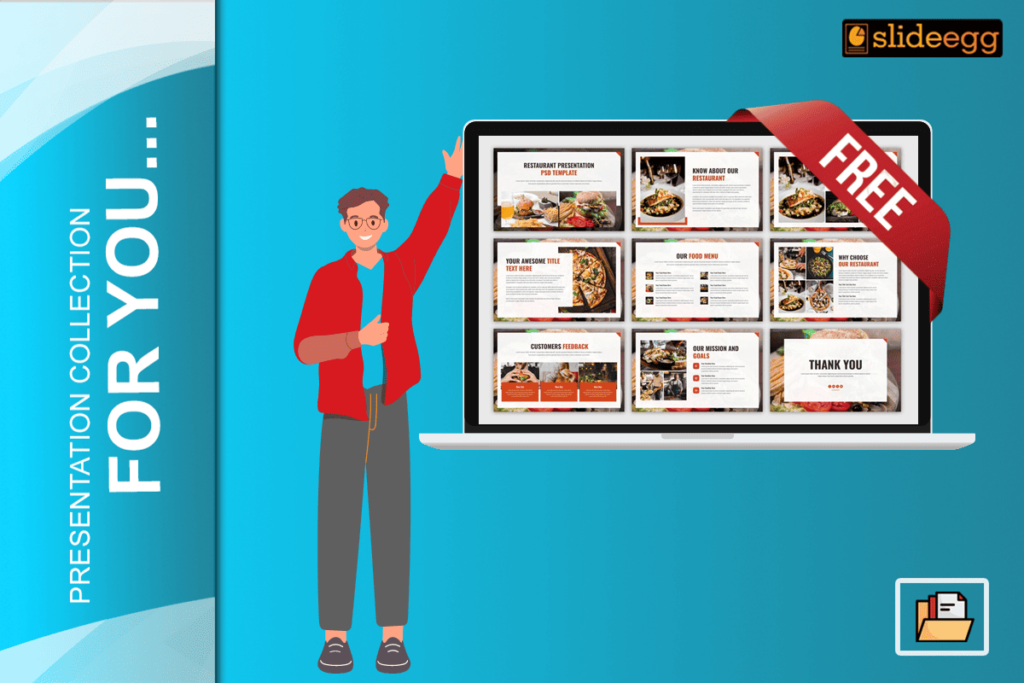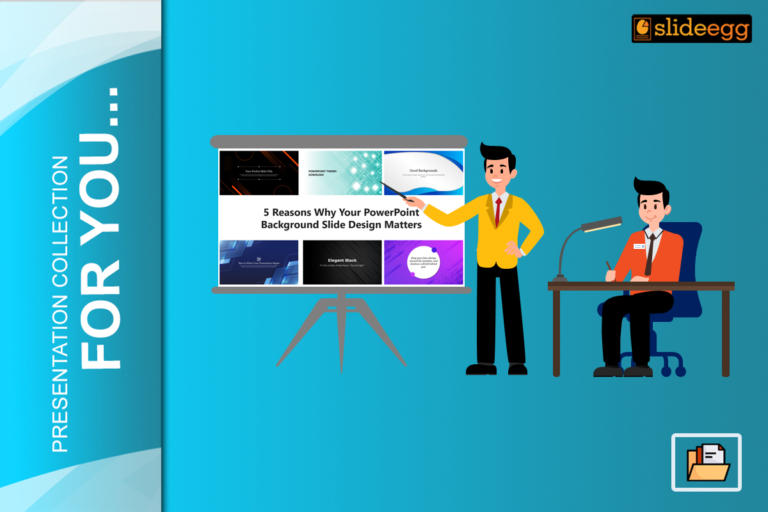Get to know, how project presentations can make client communication easier and lead to successful results. Effective communication with clients is critical to any business relationship. One of the most powerful tools you have at your disposal may be a project presentation.
From updates to pitching a new idea and finally closing the deal, all this will be intensely influenced by a good presentation structure. This blog looks into using project report PPT to enable effective communication with the client and to drive home a point clearly and in line with set objectives.
Get to Know Your Audience
Getting ready for a winning project presentation starts with understanding your audience. The clientele is really very diverse in expertise and expectations. Catering to such needs and preferences really improves communication.
- Ask the Right Questions: Understand your clients as much as possible before you dive in. What are their goals? What level of detail do they want? Where are they having pain? All these questions, when answered, would lead to a presentation that wows them.
- Segment Your Content: Consider segmenting your content if you have both technical and non-technical shareholders in your audience. Retain technical slides for people who will want to know all the details and have separate but simpler visuals for those decision-makers who would rather see an overview.
Structure Your Presentation
A well-structured presentation is one whose message is kept simple. A client should easily follow your narrative, and not get confused in a sea of data or jargon.
Set the agenda upfront
Open your presentation with a statement of what it will cover. Make mention of what points your clients are to look out for; this tells them what to expect. This sets a context for a focused discussion and keeps the presentation on track.
Use the Rule of Three
Try to put related points into threes when giving information. This is because research shows that people are more likely to remember information if it is presented in groups of three. For instance, you could break down your project into three phases: planning, execution, and review.
Visualize Complex Data
If you’re going to present numbers and data, that may be complex, such as the timeline of the project or how the budget is going to break down, then make use of charts, graphs, and infographics. It’s known that chart presentation ideas modify complex information in simple form and bring meaning to difficult texts.
According to a 3M study, visuals are processed at a rate of 60,000 times faster than text, so incorporating them into a presentation increases understanding.
Engage Your Clients through Storytelling
Storytelling is just what you need to engage clients and make your presentation unforgettable. You’ll be able to hook emotionally if you put your project inside a story to connect with an audience.
Success Stories
Share case studies or success stories relating to your project and demonstrate its value. Demonstrate how similar projects solved issues or acquired extraordinarily positive results for other clients. This will not only establish credibility in terms of the services or solutions being offered but will also, from their perspective, show what is possible.
Establish a Narrative Arc
Establish in clear terms what the presentation is about, pointing out the challenges or opportunities that your projects address; then, flow into the main content detailing proposed solutions; and end with expected outcomes or next steps that close out your presentation by giving your clients clarity on the value of your project.
Provide Data to Build Trust
In today’s data-driven environment, clients want to see proof backing up their claims. Effectively utilizing data to provide legitimacy and credibility in your project presentation will portray, demographically, to your clients that your proposals are fact-based.
Include Relevant Statistics: Mention relevant statistics when one speaks about the metrics of a project, timelines, and budgets. For instance, propose a new marketing strategy and mention data about the performance of similar strategies in the past. In one Demand Report survey, 74% of B2B buyers reported that they are more likely to engage with vendors with ROI evidence, so backing it up with data can influence the decision-making process.
Pump up the volume with credible sources: Make sure that every nugget of data you present is from credible and reliable sources. This will not only provide more weight to your arguments but also help your clients relax knowing that your recommendations are based on well-thought-out data.
Encourage Interaction and Obtain Feedback
Communication, in general, is a two-way process. Trying to engage in interaction and feedback during your presentation, might lead you to have a much more efficient discussion and a better client relationship.
Ask Open-Ended Questions
Involve your customers in the sale—ask for their opinions, ideas, and concerns during your presentation. This will not only interest them and keep them intrigued, but also provide you with great insights into their priorities and preferences.
Add Interactive Elements
Make your presentation interactive with the use of polls, quizzes, or Q&A sessions. A large number of people said that, in a study conducted by the Content Marketing Institute, interactive content engages the audience much better than static content. So, it is a very efficient technique to do client presentations.
Recap Key Takeaways
When finishing a presentation, review all the highlights and subsequently always suggest the next steps. The clients should leave having no questions in their minds regarding what has taken place and what needs to be done moving forward.
- Review Main Points: In short, sum up the main elements of the presentation. Highlight what is most important for the client about their goals and problems.
- Suggest Next Steps: Make very clear what the next steps are going to be, and with that, exactly what is expected of your clients. This might include the approval of the proposal, feedback solicited, or even a follow-up meeting scheduled.
Conclusion
An effective project presentation to a client must entail a well-thought-out deliberation to understand their needs, preferences, and expectations. You will make a presentation that not only informs but drives action if you understand your audience, structure the project update template presentation to drive clarity, engage in telling your story, use data to build trust, encourage interaction, and summarise the takeaways.







